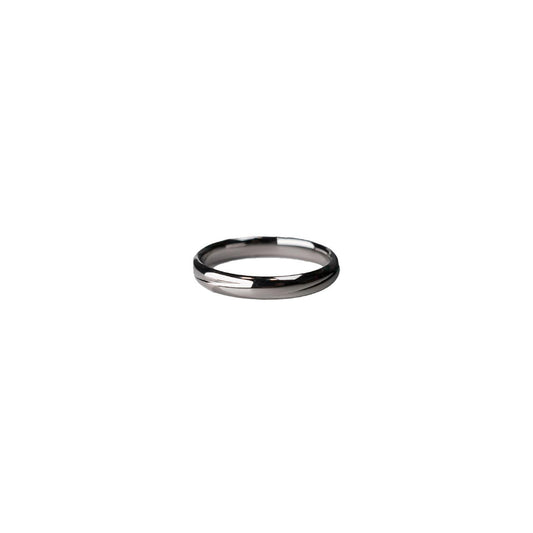The Enigma of the Cullinan A Glimmer Into the World of the Largest Cut Diamond
The Enigma of the Cullinan A Glimmer Into the World of the Largest Cut Diamond
They say the strongest statements are made without words. That's precisely what crossed my mind when I first stood before the dazzling Cullinan Diamond at the Tower of London. Within the cold, echoing halls, it shimmered silently, radiating a history so rich it felt almost tangible. For anyone who has ever been entranced by diamonds, this moment is akin to meeting a legend, and the Cullinan certainly doesn’t disappoint.
Known to be the largest gem-quality rough diamond ever found, the Cullinan was originally discovered in 1905 in a South African mine, its uncut glory weighing an astonishing 3,106 carats. To put that in perspective, that’s like holding a small fruit in your hand, though infinitely more valuable. The excitement surrounding its discovery traveled rapidly across continents, becoming the stuff of legends.
The diamond was ultimately gifted to King Edward VII, a gesture symbolizing both respect and political savvy at a time when the British monarchy wielded considerable global influence. But what truly fascinates me is the story of how this colossal diamond underwent its transformation into the nine major stones we know today. The task was entrusted to the Asscher Brothers, a renowned diamond cutting and polishing enterprise based in Amsterdam. It was said that Joseph Asscher, armed with a specially-designed cleaving tool, fainted from the sheer pressure of making the first cut—proof, I suppose, that even the experts feel the weight of history now and then.
Regarding the famed Cullinan I, known also as the Great Star of Africa, this 530.2-carat pear-shaped whopper currently sits regally in the head of the Sovereign’s Sceptre with Cross. It’s almost amusing to think this scepter, an emblem of authority and power, holds within it a rock that has witnessed more than any single human could in a lifetime. Embedded within are tales of geological formations, colonial histories, and the craftsmanship passed down through generations.
In reflecting on the cultural significance of such a diamond, I’m reminded of a rather odd encounter I had with a gemologist in Antwerp. Over coffee, he shared his view that diamonds, particularly the Cullinan, serve as the ultimate measure of patience. After all, it took nature over a billion years to craft this diamond—lessons in waiting that extend far beyond the literal. There’s a wisdom in stones that seems to echo the sentiment that good things, truly, come to those who wait.
If you ever find yourself at a loss for words, trying to describe the allure of the Cullinan might do just that. It is a testament to human ambition, geological marvels, and, in some way, our eternal pursuit of beauty. Standing there in its sparkling presence, I couldn’t help but think how it mirrors life in a way—full of facets and brilliant, even when shadowed by layers of complexity. Did I feel its pull? Absolutely. But then again, who wouldn’t be captivated by a piece of eternity?

























